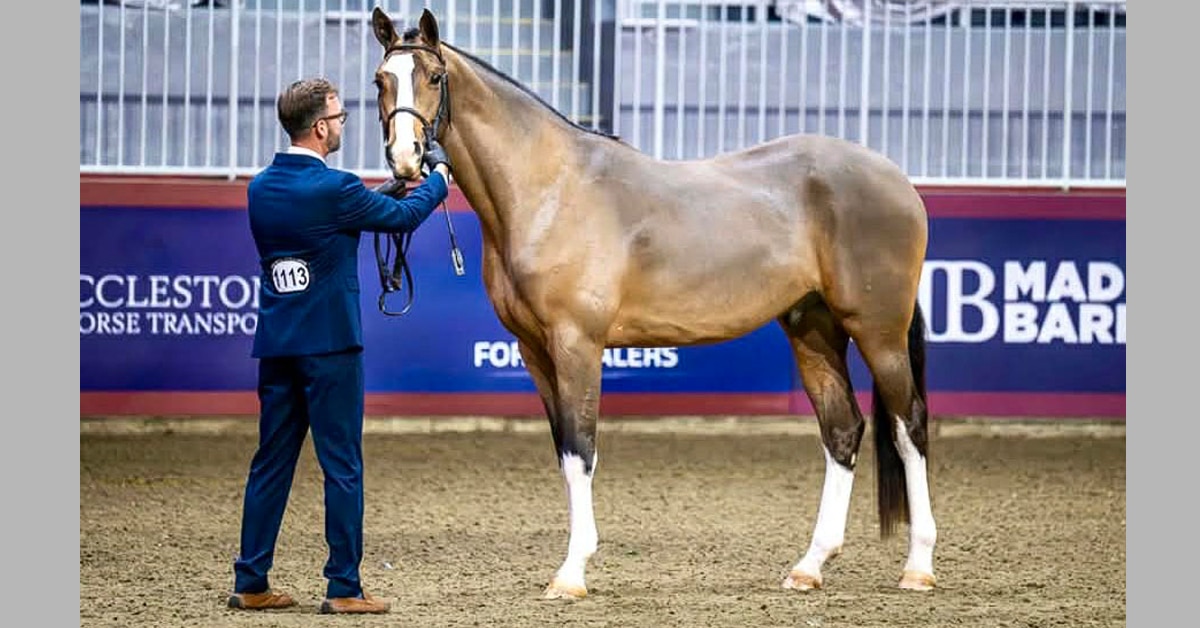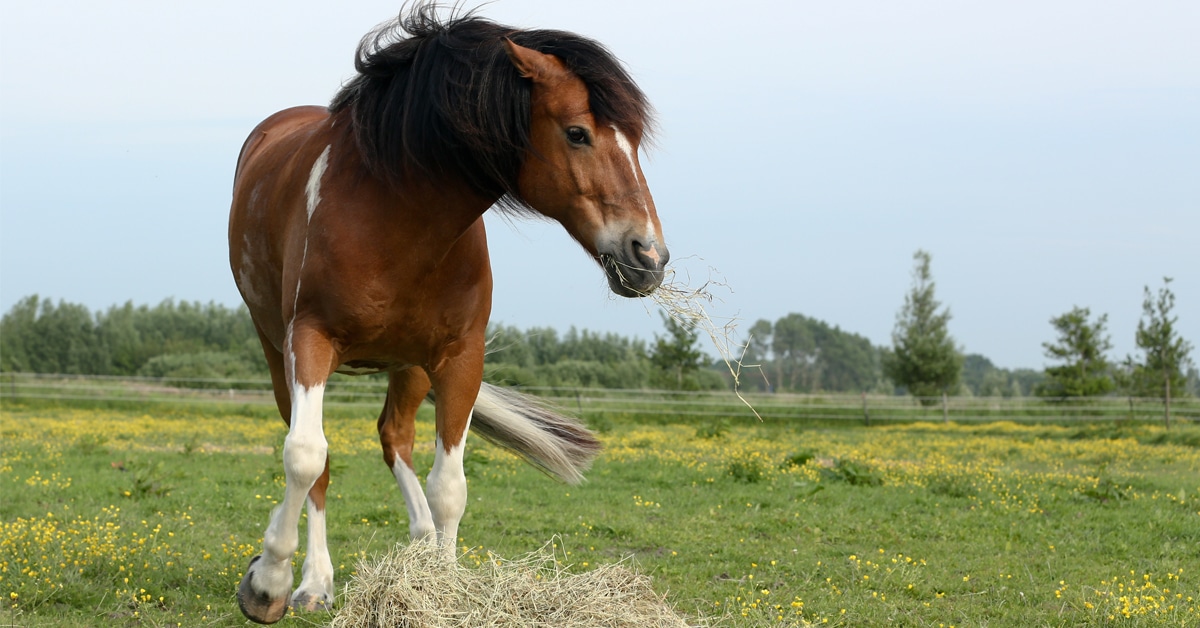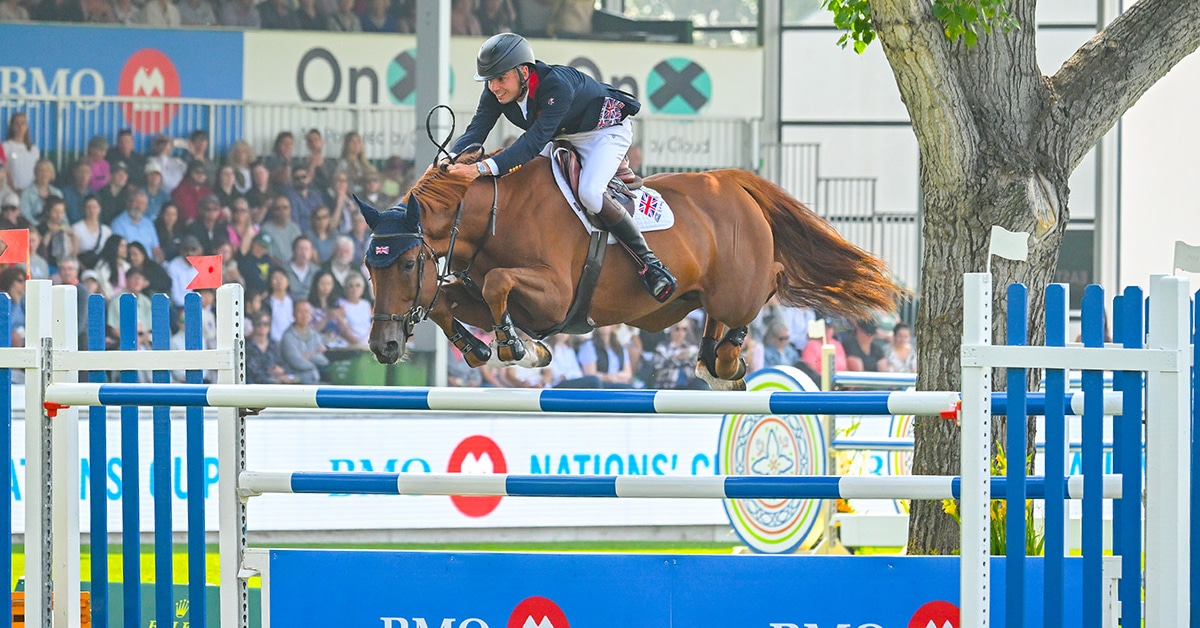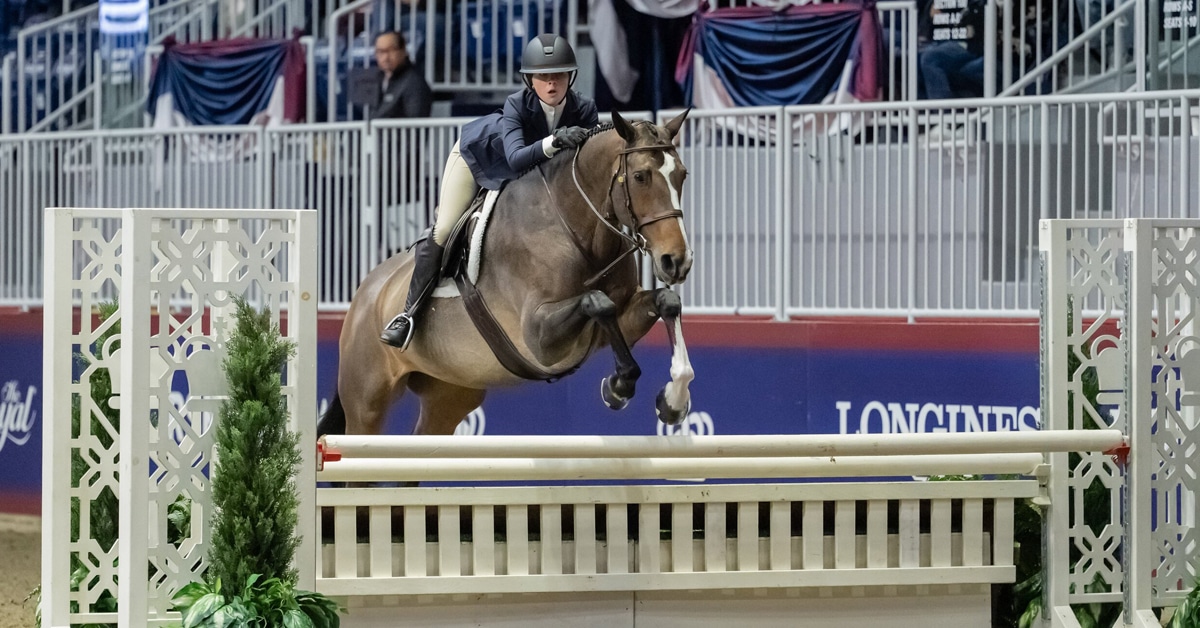Pulling the Senses Together

Chickpea is dead to the leg from years of spurs resting against her sides. Strong contact with unforgiving hands has hardened her mouth. She makes no move on her own, waiting for her rider to command her pace and placement from moment to moment. Her sister Mac is just the opposite—she’s highly sensitive to every aid and carries her own body without a helicopter parent up top. What is happening inside their brains to cause this disparity, and how can we ride with their brains to address it?
Take Cory for a ride, and he’ll show you whether the barn hose was wound to the left or the right last night. Seriously! Horses notice tiny alterations—and most will tell you about them if you’re listening. One reason for this is that horses don’t group similar items together the way we do. The tractor that grooms the arena might be fine, but the same tractor coming down a barn aisle is a fire-breathing dragon from Dante’s seventh circle of hell. Why? And what does this mental process mean for the horse’s performance and welfare?
Each of these three situations rest on brain-level processes that fuse perception from all senses, including the horse’s superpower of touch:
1. Sensory compensation—the ways the brain overcomes the loss of one sense by beefing up its use of another.
2. Neural fatigue—the ways neurons adapt to stimulation and require dynamic change rather than static constancy to drive their action.
3. Categorical perception—the tendency to perceive varied items as a group so that the brain can treat them as a whole.
Sensory Compensation
Horses with sensory disabilities like blindness or deafness usually perform well, especially if they have learned their disciplines prior to losing the use of an eye or ear. Eye ulcers require an infected eye to be removed after gradual deterioration of sight. That’s what happened to Addy and Patch.
Because many horses continue their work with partial blindness, we tend to guess it’s not a big deal. But cover up your left eye then run as fast as you can on an angle to the left, amidst 20 of the fastest galloping stallions in the world. It’s not as easy as it looks!
Deafness is rare in horses, with the exception of those who have bald white faces extending way up the forehead. That lack of pigmentation can cause a congenital form of “splashed-white” deafness because it alters receptor cells in the horse’s inner ear. In both horses and humans, these cells transform sounds into neural impulses. Horses born deaf require visual cues during groundwork but use typical body aids under saddle.
They startle more easily at unexpected sights and smells, or at sudden touches. We might guess they are calm as can be when the paint sprayer is blown out with an air gun, but in fact, deaf horses pay close attention to nearby animals and will spook from their friends’ or handlers’ responses to noise. In general, deaf horses do very well—just ask Tough Sunday, who’s earned $362,000 so far as a hearing-impaired racehorse in California.
Horses who become blind or deaf during their lives—for example, when an infection damages the organ gradually—have few problems adapting.
Their brains have developed with normal sensory input; in other words, neural networks have already formed by virtue of learning and experience. Once the brain has at least partly developed, it adapts very well even when big chunks are surgically removed. Human babies can lose as much as half a brain—an entire cerebral hemisphere—and still grow up to read, write, speak, love, play, work, and live just like the rest of us do. We’d never know there’s nothing but cerebrospinal fluid sloshing around inside half the skull.
In humans and horses, when one sense is deprived of information, the brain pays more attention to input from other senses. So a deaf horse pays more attention to sights, and a blind horse pays more attention to sounds. The same compensation accounts for blind riders like Karen Law, who listens for directional cues while jumping mid-level cross-country and stadium courses, or Kristen Knouse who navigates flat classes by hearing hoofbeats echo off the rail. The sense organs have not changed, but the brain is now zeroing in on stimulation we usually ignore. Neurons in the auditory cortex strengthen in response to blindness, so that poorer vision creates better hearing.
Training Indoors
Views to the outside are diminished in any indoor arena, but some are fully enclosed with no windows, creating an environment in which horses cannot see out at all. Poor lighting adds general dimness, which, as we have seen, the horse cannot overcome for 45 minutes or so (see p. 49). Under these conditions, we would expect hearing, smell, and touch to become sharper—and indeed they do.
Cory is an 18-year-old, off-track Thoroughbred, dark bay with especially delicate legs for his 17.1-hand height. His spookiness piggybacks on the many advantages of his super-sensitivity. He’s what I call a “fiber ride”—all of your aids are delivered with precisely timed alterations of only a few muscle fibers. Override this horse, and you’re off to the races or face down in the dirt. Lighten up, and you’re floating on perfection.
One winter day, Cory and I were warming up alone in an ice-cold indoor arena. It was silent, his ears were speared forward like lasers, and every muscle was taut. You know—the pre-missile demeanor! Suddenly a gunshot went off outside the long wall. Cory whirled and bolted, fortunately at the same time and in the same direction I did, so we stuck together. Determined not to reward the whirl with a halt, I put the horse into a strong trot. When we finished our session, and my heart began to beat again, I went outside to see what had happened.
Two barn friends had set chairs against the metal wall of the arena to enjoy a sunny sky in 3 feet of snow. The “gunshot” that scared Cory and me was the back of a lawn chair placed against that wall. The sound would have been barely noticeable outside. But riding indoors, your horse’s brain—and your own—is paying much greater attention to sounds, smells, and touches because vision is limited.
The effects of sensory deprivation are cumulative. When horses cannot see out of an indoor arena, they rely more on hearing. If they are close to age 20, chances are good that their hearing is impaired. The combination of visual limitation and hearing impairment forces the equine brain to attend even more astutely to smell. And so on.
When you work with horses in varied environments, consider which senses contribute most to their understanding. This way, you can anticipate what sort of behavior the horse will offer, and anticipation is a pillar of horse training. We have to know how and why a horse is likely to react before we can prevent that reaction. And preventing it in the first place is much more effective than training it away after it happens.
Seeking Cause
A related aspect of sensory compensation is the brain’s desire to find cause. Young mammals develop partly by learning that actions have consequences. Push on a lever and water comes out; whinny and a buddy looks over; fiddle with a loose latch and the gate opens up. Non-actions have consequences, too—miss a flattened ear and the alpha mare bites. With practice, the brain discovers that cause and effect is part of normal life, so it seeks the agent of cause and relies on it to predict upcoming events.
Indoor arenas hide the cause of many unusual noises, reducing predictability. Outside, an approaching storm can be predicted—we feel the wind picking up, see the clouds moving in. But inside, all we know is that the walls suddenly moan in a high wind, the metal roof is deafening in hard rain, the big track doors open from outside with no warning. The arena ”ticks” when wood supports expand and contract with invisible temperature change. Snow loads slide off the roof, ice dams drop to the ground outside, spring melt pours through gutters, thunder echoes inside four walls. And have you ever been schooling a hot horse indoors when light- ning strikes the roof? I don’t recommend it.
Radio stations mask some scary noises in an indoor arena. Novice horses often look for the origin of radio voices, becoming calmer when they identify the source. When horses see someone walk to the radio and adjust its volume, they are less frightened than when an equivalent volume change has no apparent agent. These observations refute the notion common among many scientists that animals like horses do not seek the agents of cause.
So your horse might be more distressed than you know. Go easy on him during sensory deprivation—build up time in the indoor arena gradually, ask staff to minimize unpredictable outdoor noises, encourage relaxation, and praise calmness. Introduce scary places with a sniffing expedition on halter and lead, making the adventure as pleasant as possible. Add an experienced equine buddy, if necessary.
Consider sensory compensation when you’re training outdoors as well. Wind excites the horse’s powerful motion-detector cells, creating unusual sights. Some of them are not even visible to you. At the same time, the noise of wind reduces information from hearing, and its sweep carries scents away. With a triple whammy like this, your horse will appreciate some reassurance.
But My Horse Isn’t Nervous!
People often remark that their horses aren’t nervous. It’s certainly true that there are individual differences: Breed, experience, training, age, and temperament all play a role. But research on trailering and clipping shows that many horses worry about these activities even though their nerves don’t show. They experience increases in heart rate, blood pressure, eye temperature, and cortisol levels. The intervals of their heartbeats vary more from one moment to the next. And all of these internal signs of nervousness occur while the horses display calm outward demeanors!
*****
The preceding excerpt is from Horse Brain, Human Brain: The Neuroscience of Horsemanship by
Janet Jones, PhD. To order your copy from Trafalgar Square Books, click HERE.
The Latest










